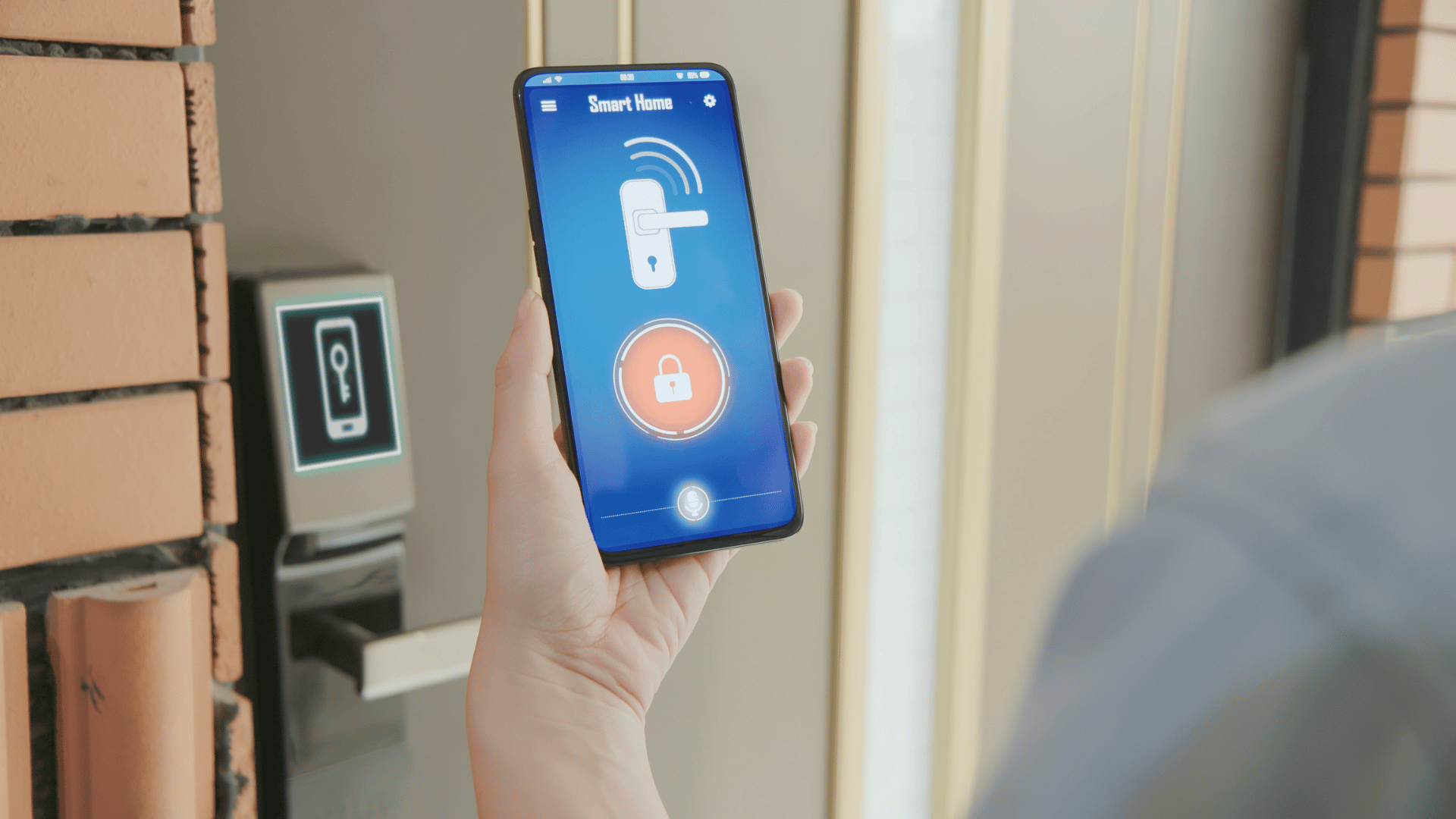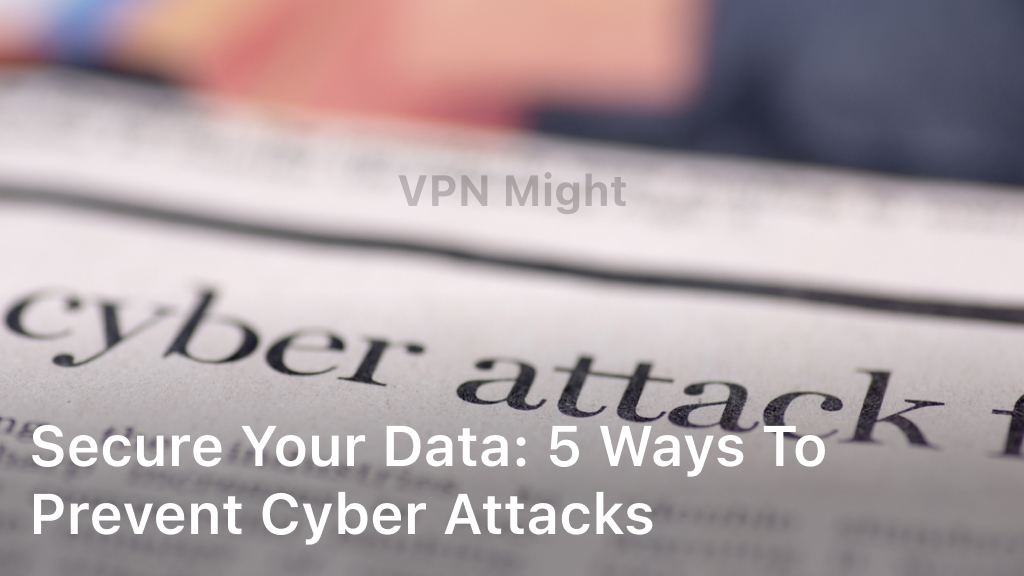12 tips to help secure your smart home and IoT devices
what is smarthome
Smart home refers to a residential setup where various devices and systems are interconnected and automated to enhance comfort, convenience, energy efficiency, and security. These devices are typically connected to the internet and can be controlled remotely using smartphones, tablets, or voice commands.
A smart home ecosystem consists of different types of devices, such as thermostats, lighting systems, door locks, security cameras, entertainment systems, kitchen appliances, and more. secure your smart home These devices are equipped with sensors, actuators, and communication technologies (like Wi-Fi or Bluetooth) that enable them to interact with each other and with the homeowner.
The key features of a smart home include:
- Connectivity: Smart home devices are connected to each other and to the internet, allowing for remote monitoring and control.
- Automation: Smart home systems can be programmed to perform tasks automatically based on predetermined conditions or user preferences. For example, the lights can turn on automatically when someone enters a room or the thermostat can adjust the temperature based on the time of day.
- Remote control: Homeowners can control and monitor their smart home devices remotely using mobile apps or web interfaces. This allows them to adjust settings, receive notifications, and view real-time data even when they are away from home.
- Energy efficiency: Smart home technology can help optimize energy consumption by adjusting lighting, heating, cooling, and other systems based on occupancy, time of day, or energy usage patterns.
- Security and safety: Smart home devices can enhance home security through features like video surveillance, motion detection, door/window sensors, and smart locks. They can also provide alerts and notifications for events like fire alarms, gas leaks, or unauthorized access.
- Integration and interoperability: Smart home devices from different manufacturers can often be integrated and controlled through a central hub or a common platform. This allows for seamless communication and interoperability between devices, creating a unified smart home experience.
Smart homes offer convenience, energy savings, and enhanced security. However, it’s important to consider privacy and security measures when setting up and using smart home devices to protect personal information and prevent unauthorized access.
Here’s a more detailed explanation of each tip to help secure your smart home and IoT devices:
Secure your Wi-Fi network:

Start by changing the default username and password of your Wi-Fi router. Use a strong, unique password that combines letters, numbers, and special characters. Additionally, enable WPA2 or WPA3 encryption for your Wi-Fi network. This ensures that data transmitted between your devices and the router is encrypted, making it more difficult for hackers to intercept.
Keep software up to date:
Regularly update the firmware and software of your smart home devices. Manufacturers often release updates to address security vulnerabilities that have been discovered. Check the manufacturer’s website or use the device’s built-in update feature to ensure you have the latest version installed.
Use strong, unique passwords:
Set strong, unique passwords for each of your smart home devices and IoT accounts. Avoid using common or easily guessable passwords, such as “123456” or “password.” Instead, use a combination of uppercase and lowercase letters, numbers, and special characters. Consider using a password manager to securely store and generate complex passwords.
Enable two-factor authentication (2FA):
Two-factor authentication adds an extra layer of security by requiring two forms of identification to access an account or device. Enable 2FA whenever it’s available for your smart home devices and associated accounts. This typically involves entering a verification code sent to your mobile device or using biometric authentication, such as a fingerprint or facial recognition.
Create a separate network for IoT devices:
Setting up a separate network or VLAN for your IoT devices can help isolate them from your main network. This provides an additional layer of security, as even if one of your IoT devices is compromised, it would be more challenging for an attacker to gain access to your other devices and personal data.
Disable unnecessary features:
Review the features and services enabled on your smart home devices. Disable any features or services that you don’t need or use, as they may introduce additional security risks. For example, if a device has remote access capabilities but you don’t require them, it’s safer to disable remote access to minimize the attack surface.
Research device security:
Before purchasing smart home devices, research their security track record and manufacturer’s commitment to security. Look for devices from reputable manufacturers that regularly release firmware updates to address security vulnerabilities. Check online reviews and security forums to gain insights from other users about the device’s security performance.
Secure your smart home hub:
If you have a central hub or controller for your smart home, such as a smart speaker or home automation system, ensure it’s protected with a strong password. Regularly check for firmware updates specific to the hub and install them promptly. The hub often acts as the central point of control for your smart devices, so securing it is vital.
Protect your smartphone and computer:
Since smartphones and computers are frequently used to control smart home devices, it’s essential to keep them secure. Set strong passwords, use biometric authentication features if available, and install security software to protect against malware and other threats. Keep the operating system, apps, and security software up to date with the latest patches and updates.
Create a guest network:
If you frequently have guests accessing your Wi-Fi network, consider setting up a separate guest network. This network should only provide internet access and have restricted access to your smart home devices. By isolating guest devices, you reduce the risk of unauthorized access to your smart home network.
Be cautious with third-party apps and integrations:
When integrating third-party apps or services with your smart home devices, exercise caution. Research the app’s reputation, security practices, and the permissions it requires. Stick to trusted sources like official app stores and verify the app’s




